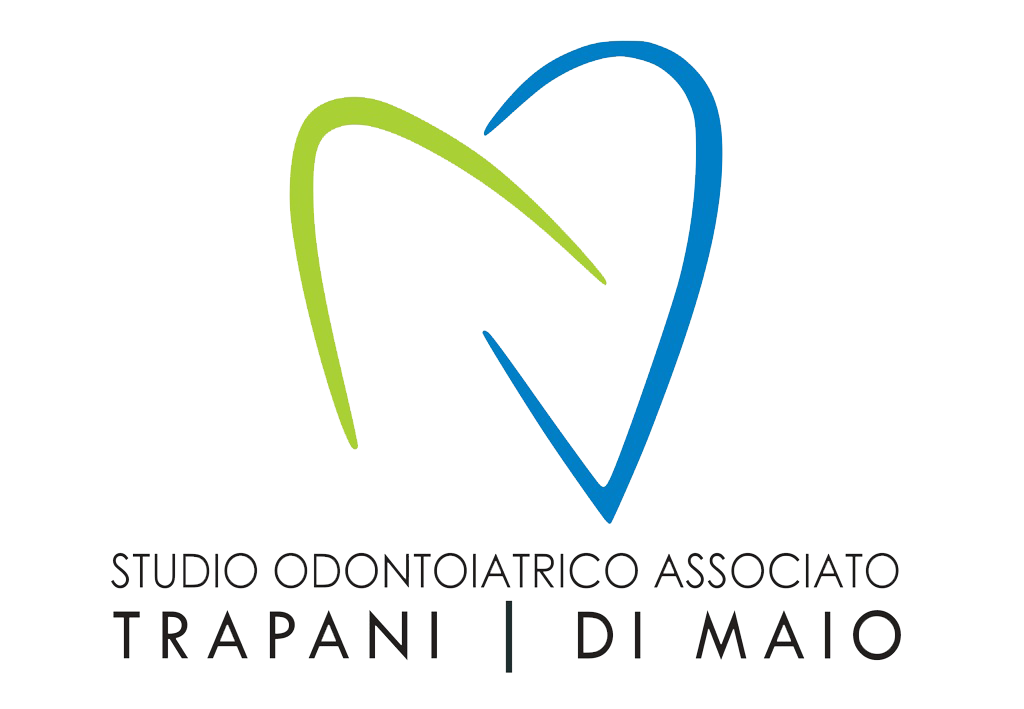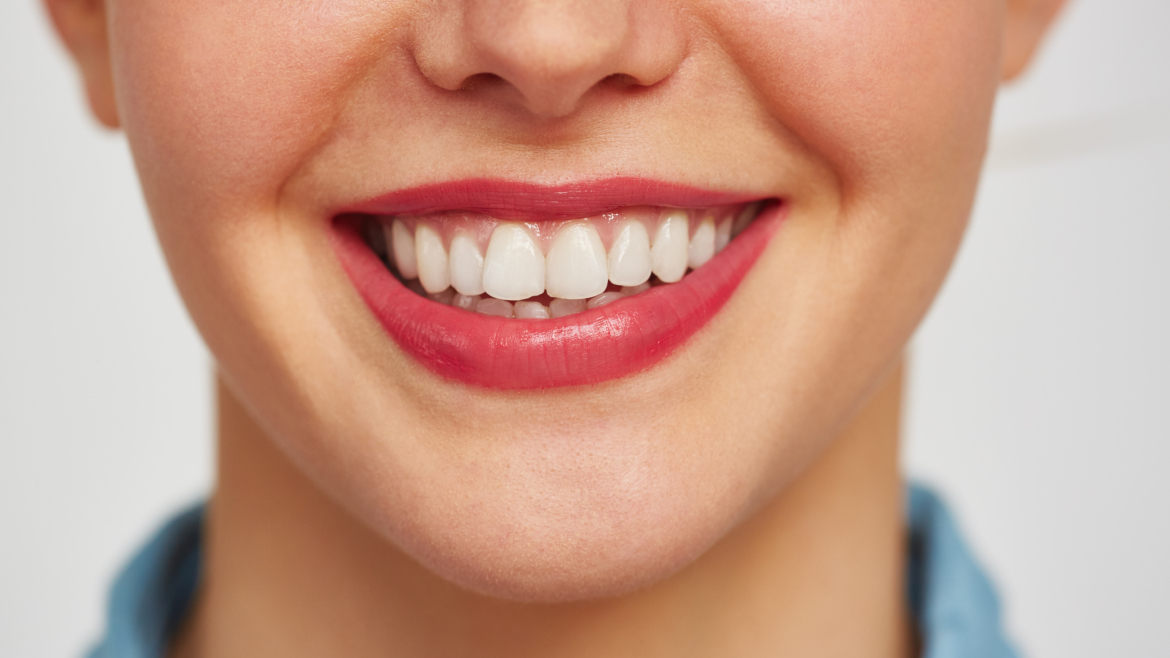Dott. Giuseppe Di Maio
A gingival smile is an aesthetic condition where, during smiling, an excessive portion of the upper gum is exposed. Although this is not a pathological issue, it can create psychological discomfort and compromise facial harmony.
Normally, the visible gum between the upper lip and the teeth should not exceed 2 millimeters. When gum exposure reaches 4–6 mm or more, the smile appears unbalanced and less pleasant. Fortunately, there are orthodontic, surgical, and aesthetic solutions that can be customized according to the severity of the condition.
Causes of a gingival smile
The causes behind a gingival smile vary and may be bone-related, muscular, or dental. The most common include:
Gingival hyperplasia: excessive gum tissue covering part of the tooth surface
Altered passive eruption: teeth do not fully emerge from the bone, remaining “hidden” under the gums
Hypertrophy of the levator muscle of the upper lip: excessive contraction of the muscle raises the lip too high during smiling
Excessive maxillary prominence (vertical maxillary excess): overdevelopment of the upper jawbone
Deep bite: the upper incisors excessively cover the lower ones, increasing gum exposure
How can a gingival smile be corrected?
The treatment of a gingival smile depends on the cause and the degree of gum exposure. Solutions are personalized and evaluated by the dentist after a clinical examination and, if necessary, radiographic tests.
1. Corrective orthodontics
Orthodontic treatment can modify tooth position and consequently reduce gum exposure. Teeth can be moved inside the bone (intrusion), leading to the repositioning of both bone and gum.
In some cases, at the end of treatment, dental veneers may be applied to improve the proportion between teeth and lips, making the teeth appear longer and more harmonious.
2. Gingival surgery (esthetic gingivectomy)
When excess gum tissue is present, a surgical procedure called gingivectomy may be performed. This operation, carried out under local anesthesia and lasting about 30 minutes, reshapes the gums to restore the correct ratio between gum and tooth.
In combination, a lip repositioning procedure can be performed to limit the upward movement of the upper lip while smiling.
3. Botulinum toxin (Botox)
A non-invasive and temporary treatment involves the injection of botulinum toxin into the levator muscle of the upper lip. This relaxes the muscle, reduces the lifting of the lip, and limits gum exposure.
The effect of Botox is temporary, lasting about 4–6 months, and is suitable for those seeking a quick, non-surgical approach.
4. Facial muscle exercises
In very mild cases, targeted facial exercises performed in front of the mirror may help patients control their smile by limiting lip elevation. This technique requires consistency and can be supportive but does not represent a definitive solution.
When to intervene and who to consult
A gingival smile can be effectively corrected with modern, safe, and minimally invasive techniques. Professional evaluation by a dentist is essential to identify the exact cause and determine the most appropriate treatment.
The Trapani Di Maio Dental Practice offers personalized evaluation and advanced aesthetic and functional solutions for gingival smile correction.

